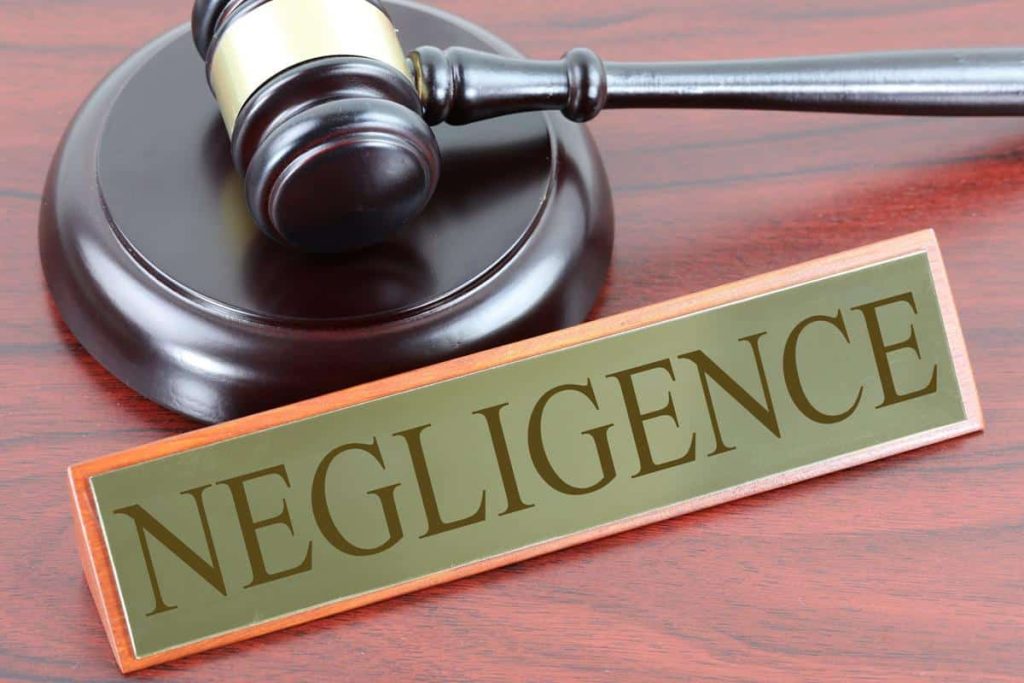https://imagesource.io/images/negligence-2
When it comes to personal injury law, determining liability isn’t always black and white. Accidents often involve many parties, each contributing to what happened differently. This is where the idea of comparative negligence comes into play. It allows courts to determine how much responsibility each party holds and how it affects the compensation they may receive.
To win a personal injury case, you must prove the elements of negligence, which are
- The duty of care
- The breach of duty of care
- Causation
- Damages
Comparative negligence can then adjust the settlement based on each party’s level of fault. This concept is crucial, especially if you’re partially at fault for an accident but are still seeking compensation for your injuries.
This article will explore how comparative negligence works, its impact on personal injury cases, and how it might influence your compensation.
What is Comparative Negligence?
Comparative negligence is a legal principle that determines how responsibility is divided among the parties involved in an accident. Instead of placing full blame on one party, the court assigns a percentage of fault to each person. Your compensation is then adjusted based on your share of responsibility.
This principle ensures fairness by considering every factor that contributed to the accident. For example, if you were involved in a car accident but were found to be 20% at fault for speeding, your final compensation would be reduced by that percentage.
Types of Comparative Negligence Systems
There are different comparative negligence systems, and the rules can vary depending on your location. Knowing which system applies can help you anticipate how much compensation you might receive:
- Pure Comparative Negligence: In this system, you can recover damages even if you are primarily at fault for the accident. However, the jury can reduce your compensation in proportion to your percentage of fault. For instance, if you are 75% at fault, you can still recover 25% of the total damages.
- Modified Comparative Negligence: This system has a threshold, usually set at 50% or 51%. If your level of fault exceeds this threshold, you won’t receive any compensation. For example, in a state with a 50% threshold, you would lose your right to recover damages if you were found 51% or more at fault.
- Contributory negligence (a closely related concept): While not technically comparative negligence, it’s worth mentioning that some states follow contributory negligence rules. In these states, you cannot recover compensation if you are even slightly at fault.
How Fault is Determined
Determining fault requires careful examination of the facts. Courts and insurance adjusters rely on evidence like police reports, witness statements, and expert opinions. Every detail matters, from the sequence of events to the behavior of each party involved.
Your lawyer plays a crucial role in presenting your side of the story. They gather evidence, work with experts, and challenge unfair claims that assign you a higher percentage of fault. Building a solid case helps minimize your share of responsibility and maximizes your potential compensation.
The Role of Comparative Negligence in Personal Injury Cases
Comparative negligence affects many personal injury cases, including car accidents, slip and fall incidents, and medical malpractice claims. Regardless of the type of case, the goal is to determine each party’s contribution to the accident.
For instance, in a slip and fall case, the property owner might say that you were partially at fault for not noticing warning signs. If the court agrees, it could reduce your compensation according to the percentage of fault assigned to you.
Tips to Strengthen Your Case
You must take proactive steps after an accident to ensure you win fair compensation. Here’s what you can do:
- Gather Evidence: Take photos of the scene, document your injuries, and request contact information from witnesses.
- Seek Medical Attention: Get a complete medical evaluation to link your injuries to the accident.
- Consult a Lawyer: An experienced personal injury lawyer can help build a strong case and argue against unfair fault assignments.
The more evidence you have, the easier it will be to demonstrate the other party’s responsibility and limit your percentage of fault.
Why Comparative Negligence Matters
Comparative negligence directly impacts how much compensation you receive. Even if you share some responsibility, this principle allows you to recover damages that reflect the other party’s level of fault.
This is especially important in high-stakes cases involving severe injuries or significant financial losses. Understanding your rights under the applicable comparative negligence system can make a difference in the outcome of your case.
Conclusion
Comparative negligence provides a fair assessment of responsibility in personal injury cases. It acknowledges that accidents are often complex, with faults shared among multiple parties. By reducing compensation based on each party’s percentage of fault, this principle ensures accountability while allowing injured individuals to recover damages.
